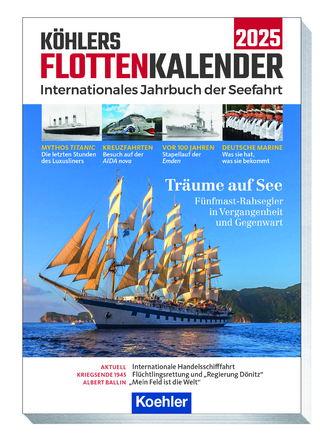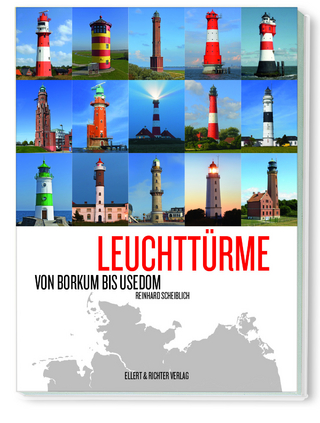
Porticello Shipwreck: A Mediterranean Merchant Vessel of 415-385 B.C
Seiten
2012
Texas A & M University Press (Verlag)
978-1-60344-522-1 (ISBN)
Texas A & M University Press (Verlag)
978-1-60344-522-1 (ISBN)
- Titel z.Zt. nicht lieferbar
- Versandkostenfrei innerhalb Deutschlands
- Auch auf Rechnung
- Verfügbarkeit in der Filiale vor Ort prüfen
- Artikel merken
The Porticello Shipwreck provides unique information on seafaring technologies and trade practices at the turn of the fifth century B.C. This volume is the final report of the excavation, including detailed analyses of the ship and its contents and a thorough catalogue of artifacts associated with the shipwreck.
The Porticello Shipwreck provides unique information on seafaring technologies and trade practices at the turn of the fifth century B.C.This volume is the final report of the excavation, including detailed analyses of the ship and its contents and a thorough catalog of artifacts associated with the shipwreck. The Porticello wreck documents for the Classical period aspects of anchor, sail, and hull construction. The cargo provides the earliest evidence for maritime trade in ink and the export of Athenian lead to the Mediterranean, and the cargo of amphoras is the largest assemblage of Greek and Punic amphoras from a shipwreck site.Of particular importance are the fragments of bronze Greek sculpture of the Classical period, which include a strikingly realistic bearded head. These pieces strongly suggest that techniques of Classical Greek bronze casting were much more varied and complex than art historians previously has though possible.The information in this book will be of great value to students of Classical Greek archaeology, sculpture, and economics as well as those interested in ancient maritime history.
The Porticello Shipwreck provides unique information on seafaring technologies and trade practices at the turn of the fifth century B.C.This volume is the final report of the excavation, including detailed analyses of the ship and its contents and a thorough catalog of artifacts associated with the shipwreck. The Porticello wreck documents for the Classical period aspects of anchor, sail, and hull construction. The cargo provides the earliest evidence for maritime trade in ink and the export of Athenian lead to the Mediterranean, and the cargo of amphoras is the largest assemblage of Greek and Punic amphoras from a shipwreck site.Of particular importance are the fragments of bronze Greek sculpture of the Classical period, which include a strikingly realistic bearded head. These pieces strongly suggest that techniques of Classical Greek bronze casting were much more varied and complex than art historians previously has though possible.The information in this book will be of great value to students of Classical Greek archaeology, sculpture, and economics as well as those interested in ancient maritime history.
Cynthia Jones Eiseman is retired from two careers, classical archaeology and charitable fundraising. She is currently writing a book about Society Hill, Philadelphia. She has lived there since 1972.
| Zusatzinfo | 190 photos. 52 line drawings. Bib. Index. |
|---|---|
| Verlagsort | College Station |
| Sprache | englisch |
| Themenwelt | Natur / Technik ► Fahrzeuge / Flugzeuge / Schiffe ► Schiffe |
| Geisteswissenschaften ► Archäologie | |
| Geschichte ► Allgemeine Geschichte ► Altertum / Antike | |
| Technik ► Fahrzeugbau / Schiffbau | |
| ISBN-10 | 1-60344-522-6 / 1603445226 |
| ISBN-13 | 978-1-60344-522-1 / 9781603445221 |
| Zustand | Neuware |
| Haben Sie eine Frage zum Produkt? |
Mehr entdecken
aus dem Bereich
aus dem Bereich
internationales Jahrbuch der Seefahrt
Buch | Softcover (2024)
Koehler in Maximilian Verlag GmbH & Co. KG
23,95 €


